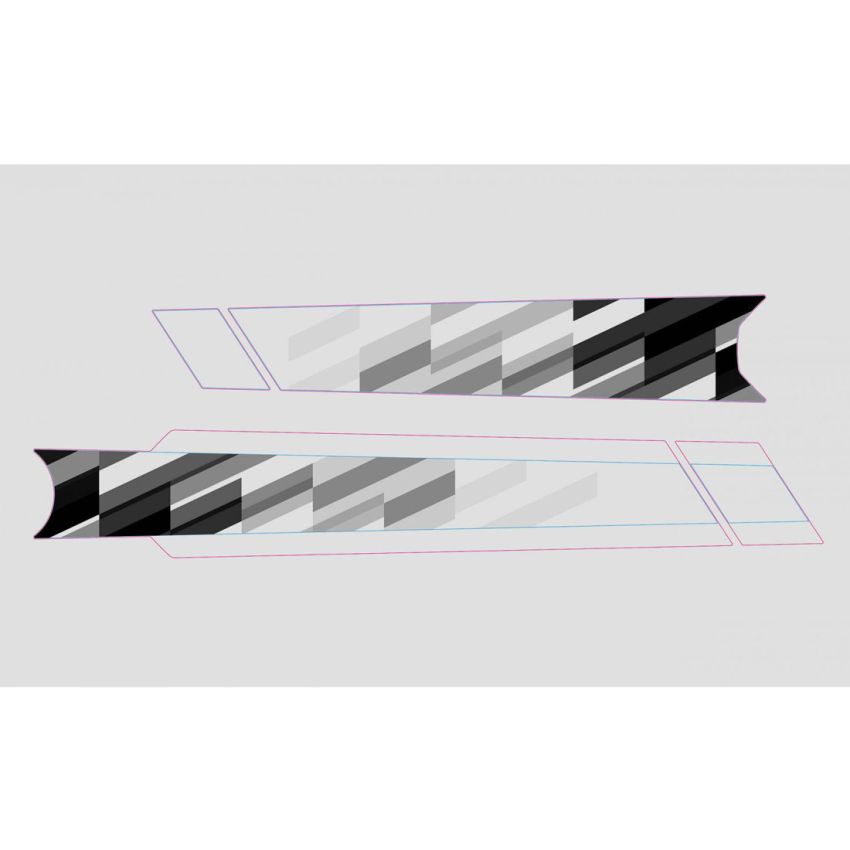4060 Frame Protector by Slicy
€35.00
In stock
Only %1 left
Protects Top and Down Tube from Impacts and Scratches
160 Micron Thickness, UV Protection, Non-yellowing
Tailored to the SCOR 4060 Z Frame
160 Micron Thickness, UV Protection, Non-yellowing
Tailored to the SCOR 4060 Z Frame
color SCOR Pattern Black
color SCOR Alien Rocketcolor SCOR BANANAScolor SCOR BRANDED BLACKcolor SCOR BRANDED WHITEcolor SCOR CASCADE BLACKcolor SCOR CASCADE WHITEcolor SCOR Crabscolor SCOR Fishy Blackcolor SCOR Fishy Whitecolor SCOR Granulatecolor SCOR Halloweencolor SCOR Hangloose Blackcolor SCOR Hangloose Whitecolor SCOR Lickerscolor SCOR Nopecolor SCOR ROCScolor SCOR TRAIL BUILDER
Protection We think frame protection should look good and decals should be practical. Our tailor made frame protection kits are a perfect fit for your 4060 Z and are as tough as they are good looking. Choose from one of a number of designs to make your bike your own while also keeping rock strikes and scratches at bay. High quality UV-resistant film won’t yellow, keeping your frame looking fresher, longer.
